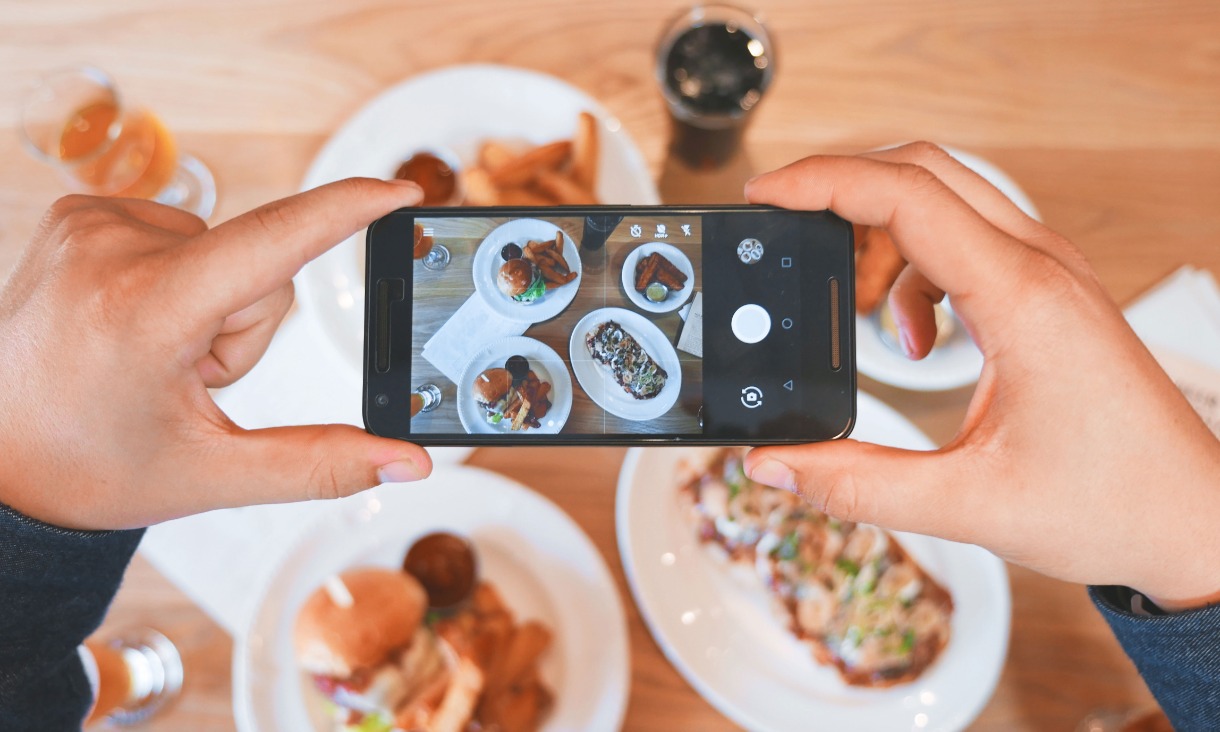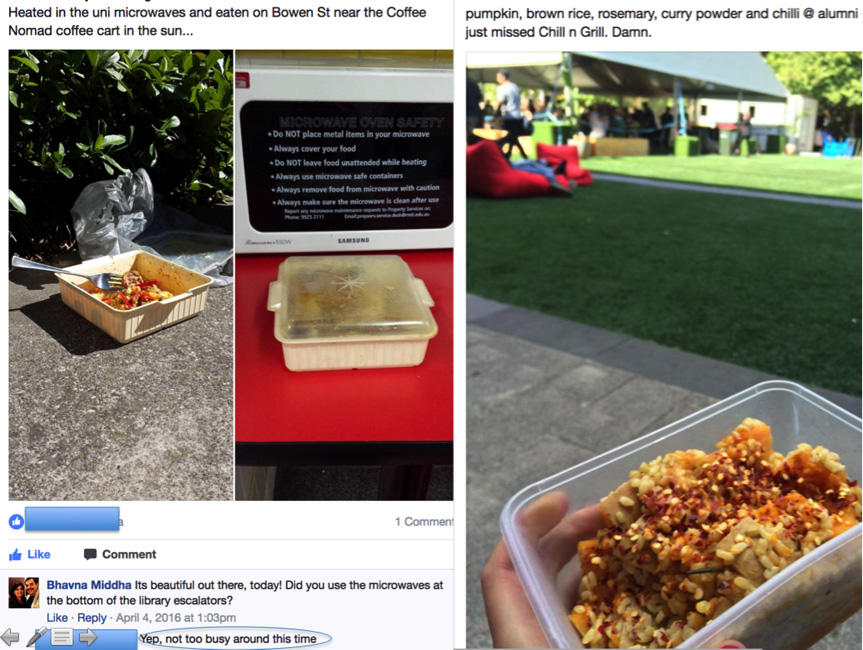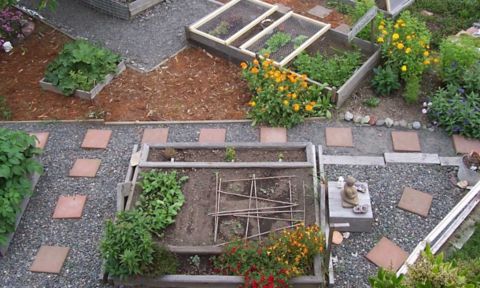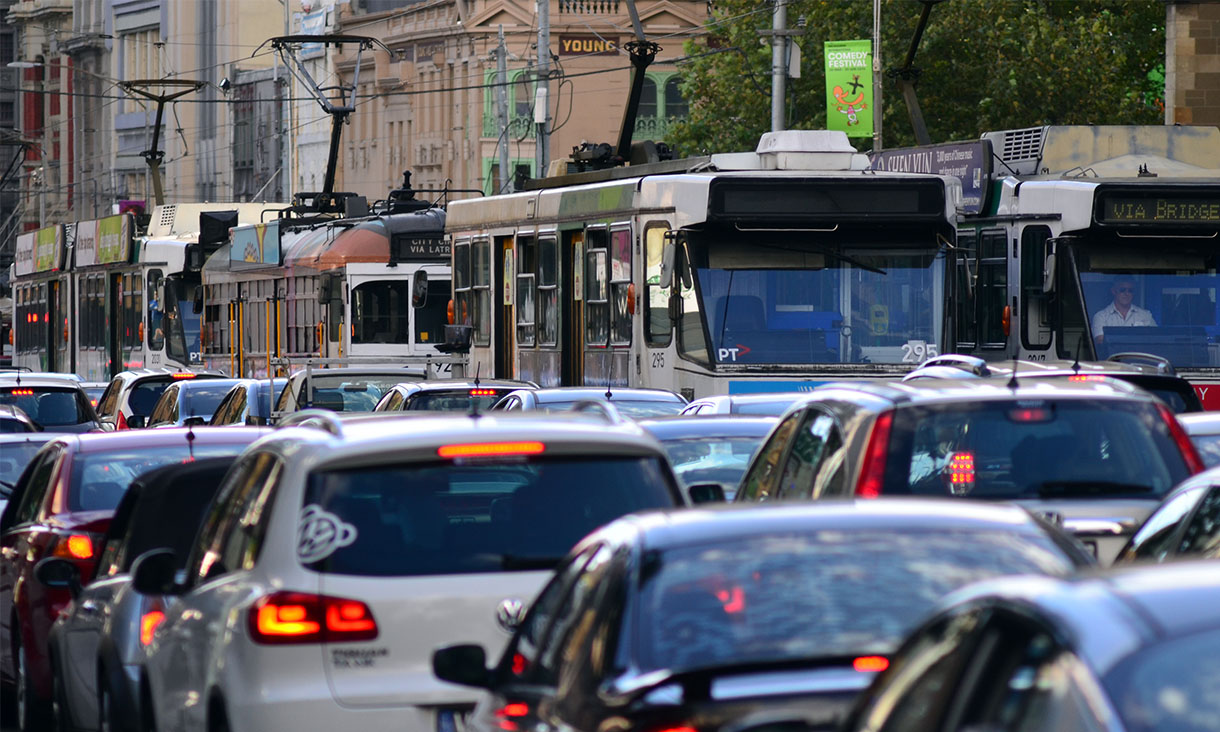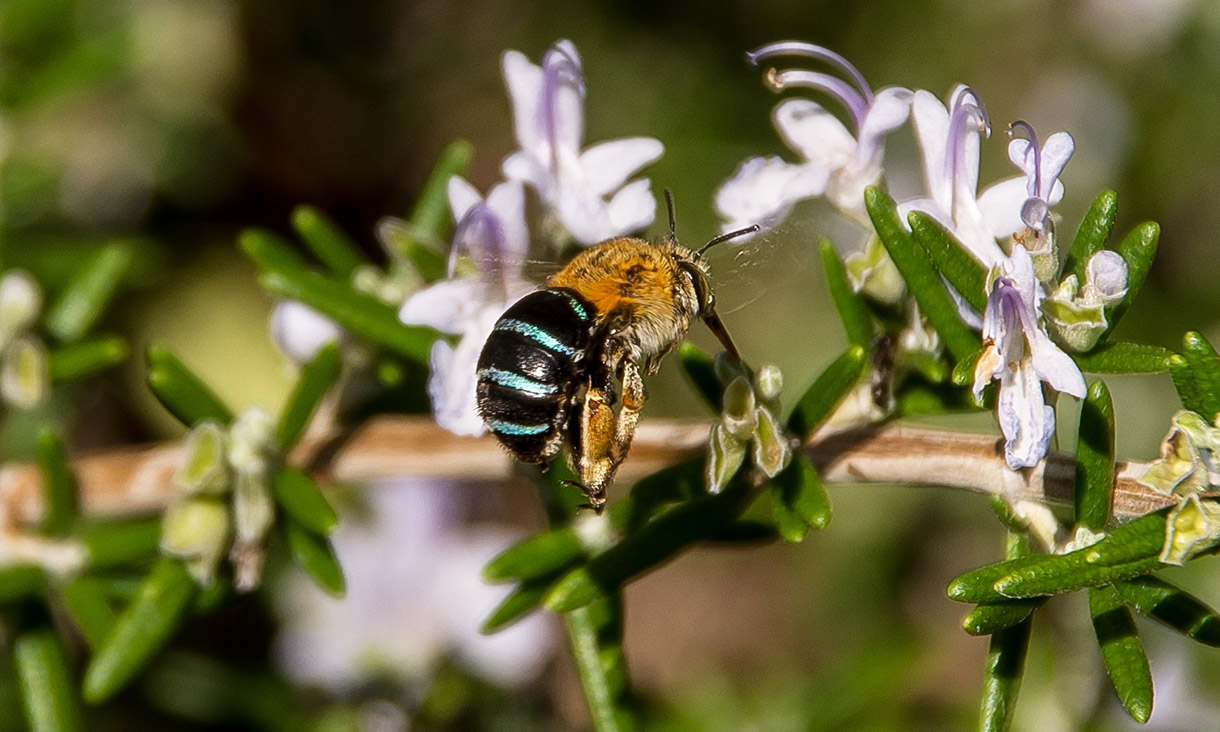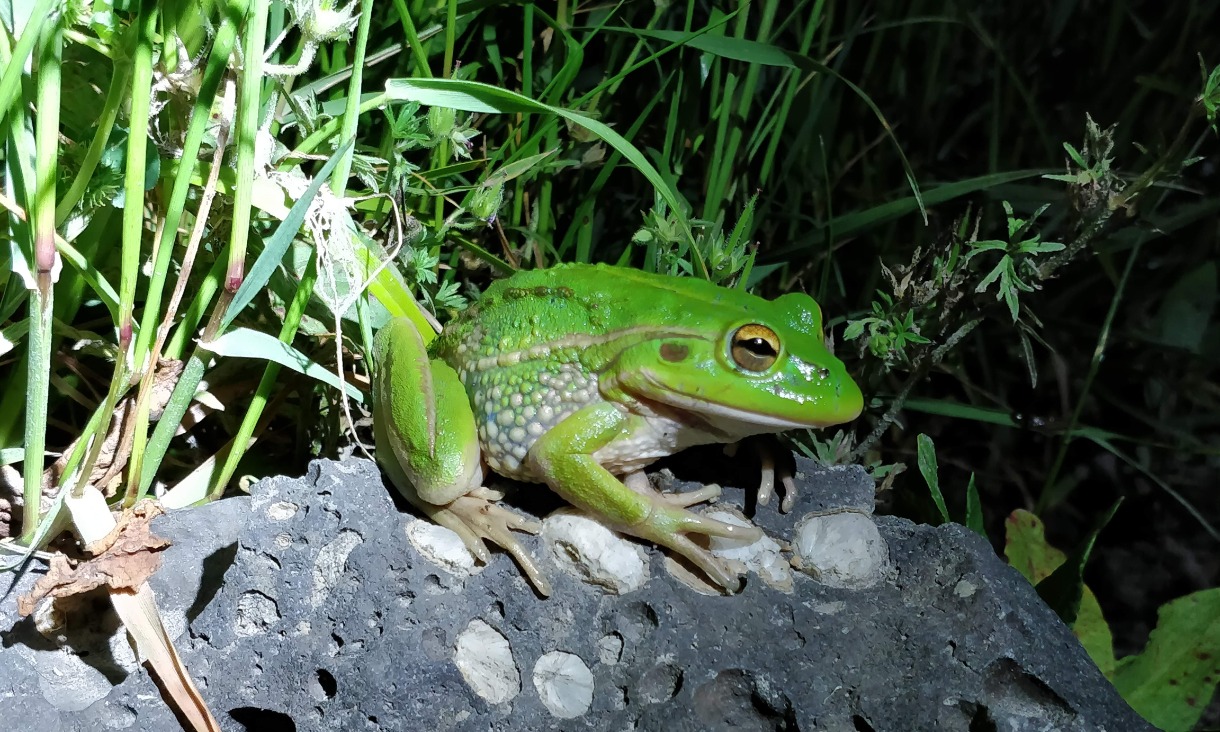The study also tracked how and where in their on-campus routines packaged, ultra-processed or discretionary food was being consumed by students, to understand the proliferation of convenience food and how convenient eating becomes a pattern.
By establishing a ‘Selfoodie’ Facebook group, Middha connected with students at RMIT University’s city campus over two years to track their eating patterns and habits through selfies on campus and beyond campus boundaries.
She found the postings and comments on the food selfies showed students’ eating activities were coordinated around microwave availability times, free food events, opening hours of on-campus food outlets, and the proximity of the city and its offerings.
“A common theme in the submitted food selfies were homecooked food and left-overs being brought in to campus,” she said.
“This may be because current student spaces at RMIT’s city campus offer access to microwaves to allow students to reheat food, and the space can be used for eating, studying or socialising.”
“This routine results in reducing food waste and plastic waste from packaging and furthermore, equity for students who can’t always afford to buy lunch.”
Middha says the results of this study can potentially be used to shape future practices.
“This is encouraging for large institutions like universities, as they can potentially use such dedicated digital spaces to enable interaction and communication with everyday practices of students,” she said.
“Digital interactions, such as food selfies, have the potential to enrich people’s everyday eating activities, such as cooking and sharing food, and enhance engagement with urban spaces if we provide the right tools and flexibility.
“Most importantly, it demonstrates the potential to encourage sustainable eating practices.”
The study Re-imagining eating spaces of an inner-urban university as pathways to sustainable outcomes was undertaken as part of Middha's doctoral project.
Story: Chanel Bearder
